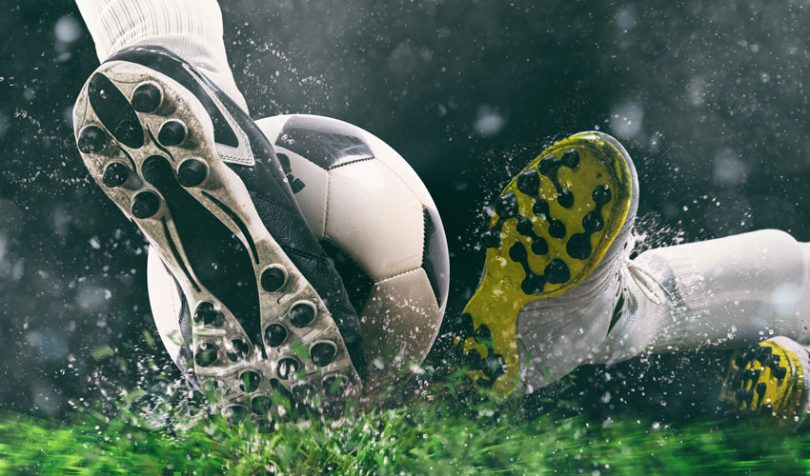For the 30 million student athletes in America, 무료스포츠중계 can be an excellent way for high school students to build relationships, stay in shape and learn valuable skills about teamwork. But high school sports aren’t always fun and games. With scholarship hopes, parental pressures and an ultra-competitive atmosphere, some student athletes may begin to crumble under the pressure.
In many ways, high school sports have evolved into a high stakes game that puts student athletes under a tremendous amount of pressure. It may start in little league with over-eager dads and coaches lightheartedly inspiring kids’ major league dreams, but it doesn’t always end there. Student athletes don’t want to let down their parents, their teammates, their school, or with high profile sports, their town.
These pressures are coming at a time when most high schoolers’ confidence and self-image are in question. Children and teens want to live up to the potential that their parents see in them. They also want to ease the burden of college tuition. Earning an athletic scholarship would fulfill both of those goals.
According to The Sports Scholarship Handbook, only 1 in 50 high school athletes receive athletic scholarships. Consider the pressure to be that one along with those from school work, other activities and social lives; that is a lot for a teenager to handle. The drive to win, to be the very best, can inspire greatness in children and adults alike, but that winner-take-all mentality can also set unrealistic expectations. It is this kind of mindset that can sap the fun out of sports. Rather than create these pressure-filled pastimes, shouldn’t we use high school sports to foster well-rounded young adults?
When athletes play one sport day-in, day-out all year round, they put themselves in danger of damaging joints, tearing muscles, or causing stress fractures due to the constant repetitive movements. Despite these dangers, coaches continue to warn students that they risk their roster spot and any college hopes by playing multiple sports.
A recent study demonstrates the alarming increase in these repetitive stress injuries. The study tracked the number of “Tommy John” surgeries, procedures done on pitchers to repair damaged elbow ligaments, and was completed by the American Sports Medicine Institute, Andrews Sports Medicine and Orthopedic Center, in Birmingham, Alabama.
“Before 1997, Tommy John surgery was performed on only 12 of 97 patients (12%) who were 18 years or younger,” coauthor and research director E. Lyle Cain, MD said.
“In 2005 alone, 62 of the 188 operations performed were on high-school athletes, a third of the surgical group,” Cain said. “The reality is that this surgery is successful and that’s good. But a disturbing trend of younger kids needing the surgery is troubling.”
Ironically, playing multiple sports can help athletes to be in better physical shape, develop multiple muscle groups, and keep them from burning out on their chosen sport.
Detavius Mason agrees in his article for The Guilford Orthopedic and Sports Medical Center titled “Age of Specialization: One Sport Vs. Multiple Sports.”
“Kobe Bryant, Roger Federer, Tom Brady, Lebron James, Alex Rodriguez,” Mason wrote. “When these names are brought up, a few things come to mind: excellence, transcendent talent, winning, but the thought of them specializing in one sport should not. Kobe & Federer were soccer players, Brady played baseball, Lebron played football and A-Rod played basketball, football and soccer.”
He ends with advice to parents and coaches: “So allow your child to participate in multiple sports … Participating in multiple sports also allows them to see if they are talented in another sport, less stress on the body, overall athleticism increases, gain more friends & social interaction, and there is less pressure to be perfect.”
In extreme examples, some sports can endanger an athlete’s general health. Whether students are trying make weight for wrestling, stay slim for dance or bulk up for football, sports can trigger some dangerous eating and exercise habits.

